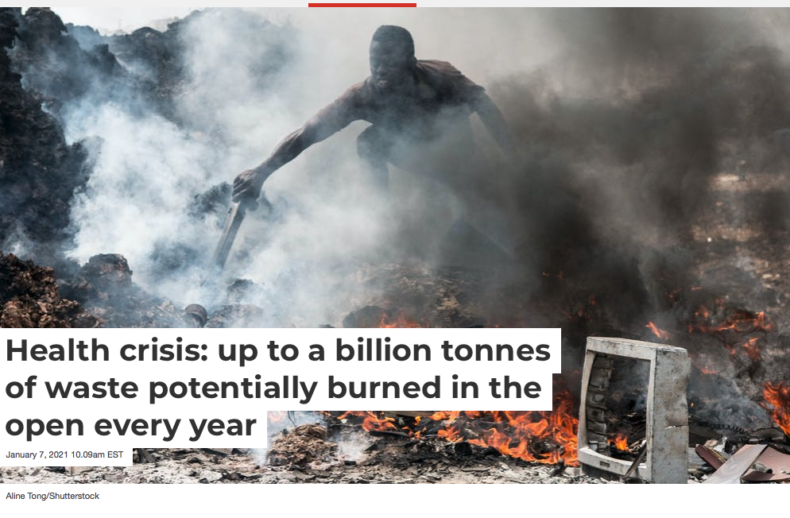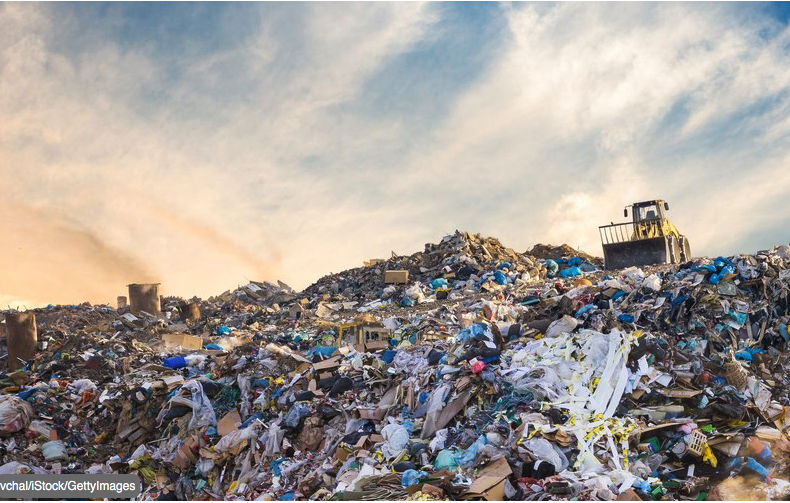Environmental Impact of Landfills:
The most pressing environmental concern regarding landfills is their release of methane gas. As the organic mass in landfills decompose methane gas is released. Methane is 84 times more effective at absorbing the sun’s heat than carbon dioxide, making it one of the most potent greenhouse gases and a huge contributor to climate change.
Along with methane, landfills also produce carbon dioxide and water vapor, and trace amounts of oxygen, nitrogen, hydrogen, and non methane organic compounds. These gases can also contribute to climate change and create smog if left uncontrolled.
The creation of landfills typically means destroying natural habitats for wildlife. The average landfill size is 600 acres. With over 3,000 active landfills in the United States, as much as 1,800,000 acres of habitat have been lost.
While landfills are required to have plastic or clay lining by federal regulation, these liners tend to have leaks. This can result in leachate, a liquid produced by landfill sites, contaminating nearby water sources, further damaging ecosystems.
Leachate can contain high levels of ammonia. When ammonia makes its way into ecosystems it is nitrified to produce nitrate. This nitrate can then cause eutrophication, or a lack of oxygen due to increased growth of plant life, in nearby water sources. Eutrophication creates “dead zones” where animals cannot survive due to lack of oxygen. Along with ammonia, leachate contains toxins such as mercury due to the presence of hazardous materials in landfills.



